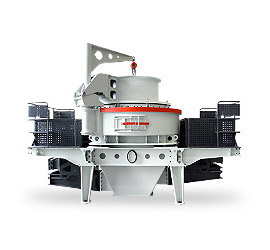The screening process in aggregates is a crucial step in the production of high-quality construction materials. It involves separating particles of different sizes using screens or sieves to ensure uniformity and meet specific project requirements. Here’s a detailed breakdown:
1. Purpose of Screening Aggregates
– Size Classification: Segregates aggregates into different size fractions (e.g., coarse, fine, or filler material).
– Quality Control: Removes oversize or undersize particles to meet specifications (e.g., ASTM, IS, BS standards).
– Gradation Optimization: Ensures proper particle distribution for concrete, asphalt, or road base layers.
– Contaminant Removal: Eliminates debris, clay lumps, or unwanted materials.
 2. Types of Screens Used
2. Types of Screens Used
– Vibrating Screens: Most common; use vibration to separate particles (e.g., inclined or horizontal screens).
– Trommel Screens: Rotating cylindrical drums for wet/dirty aggregates.
– Grizzly Screens: Heavy-duty bars for coarse screening (removing large rocks before crushing).
– Static Screens: Fixed mesh for simple applications (e.g., scalping before primary crushing).
3. Screening Process Steps
1. Feeding: Raw aggregate is fed onto the screen via conveyor belts or loaders.
2. Separation: Particles pass through screen openings based on size:
– Oversized material moves to crushers for further processing.
– Correctly sized material proceeds for washing or stockpiling.
– Fines (undersized) are separated for sand or filler use.
3. Multiple Decks: Some screens have layered decks to classify multiple sizes simultaneously (e.g., top deck: 40mm, middle: 20mm, bottom: 5mm).
4. Key Parameters Affecting Efficiency
– Screen Mesh Size: Determines the cut-off point (e.g., 10mm, 20mm).
– Moisture Content: Wet aggregates may clog screens; washing may be needed.
– Feed Rate & Angle: Proper flow ensures even distribution across the screen.
–  ration Intensity/Frequency: Adjustable to optimize separation.
ration Intensity/Frequency: Adjustable to optimize separation.
5. Common Applications
– Concrete production (ensuring proper sand/gravel ratios).
– Asphalt mix design (gradation control).
– Road base/sub-base material preparation.




